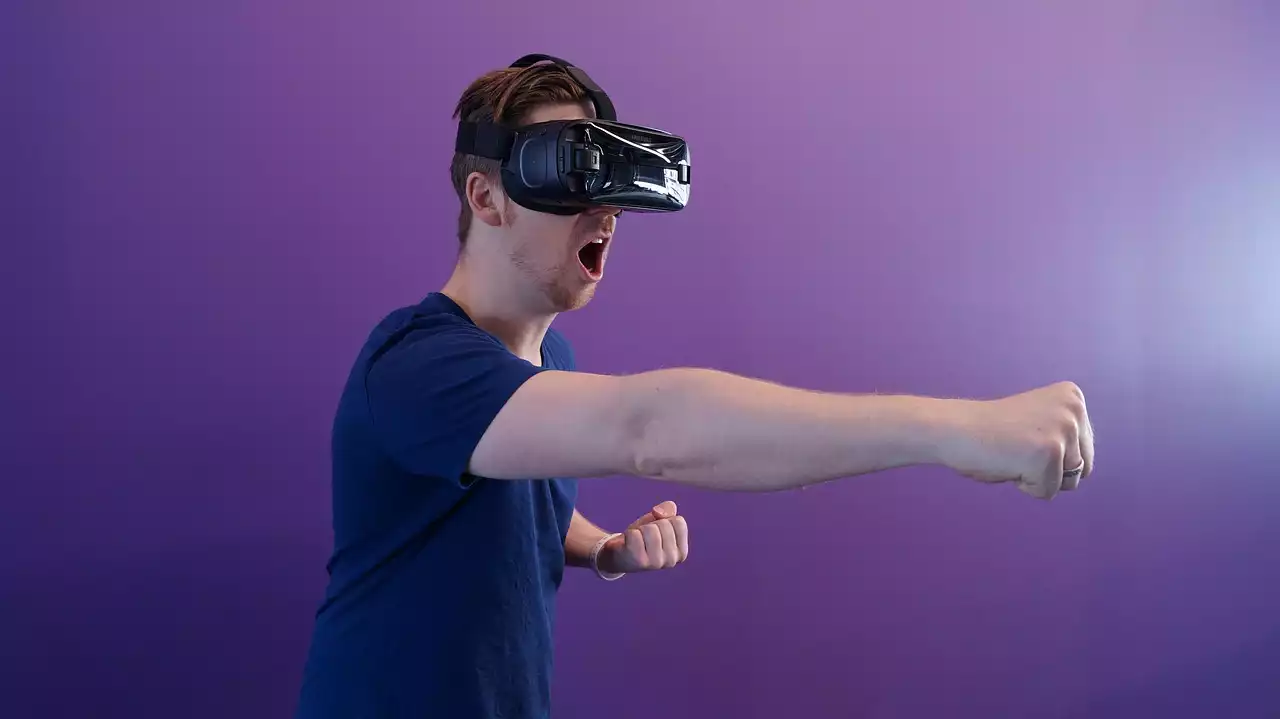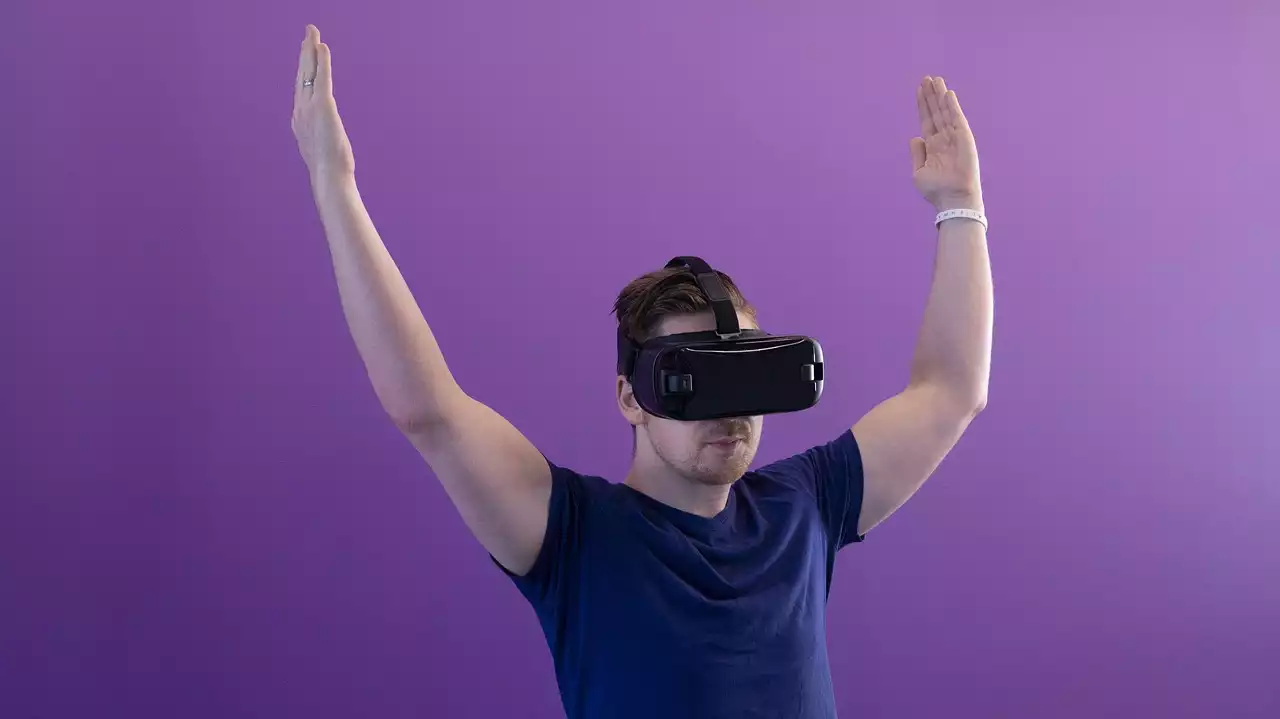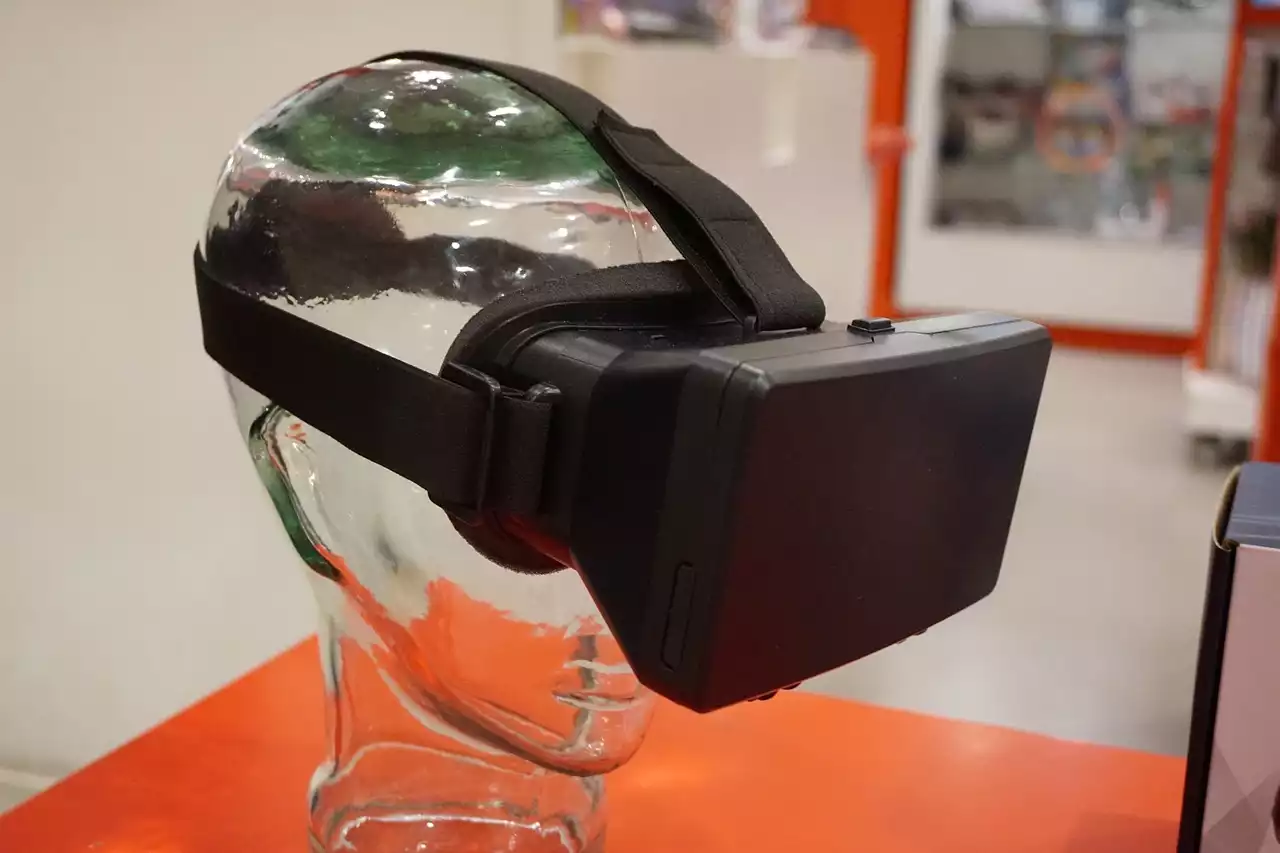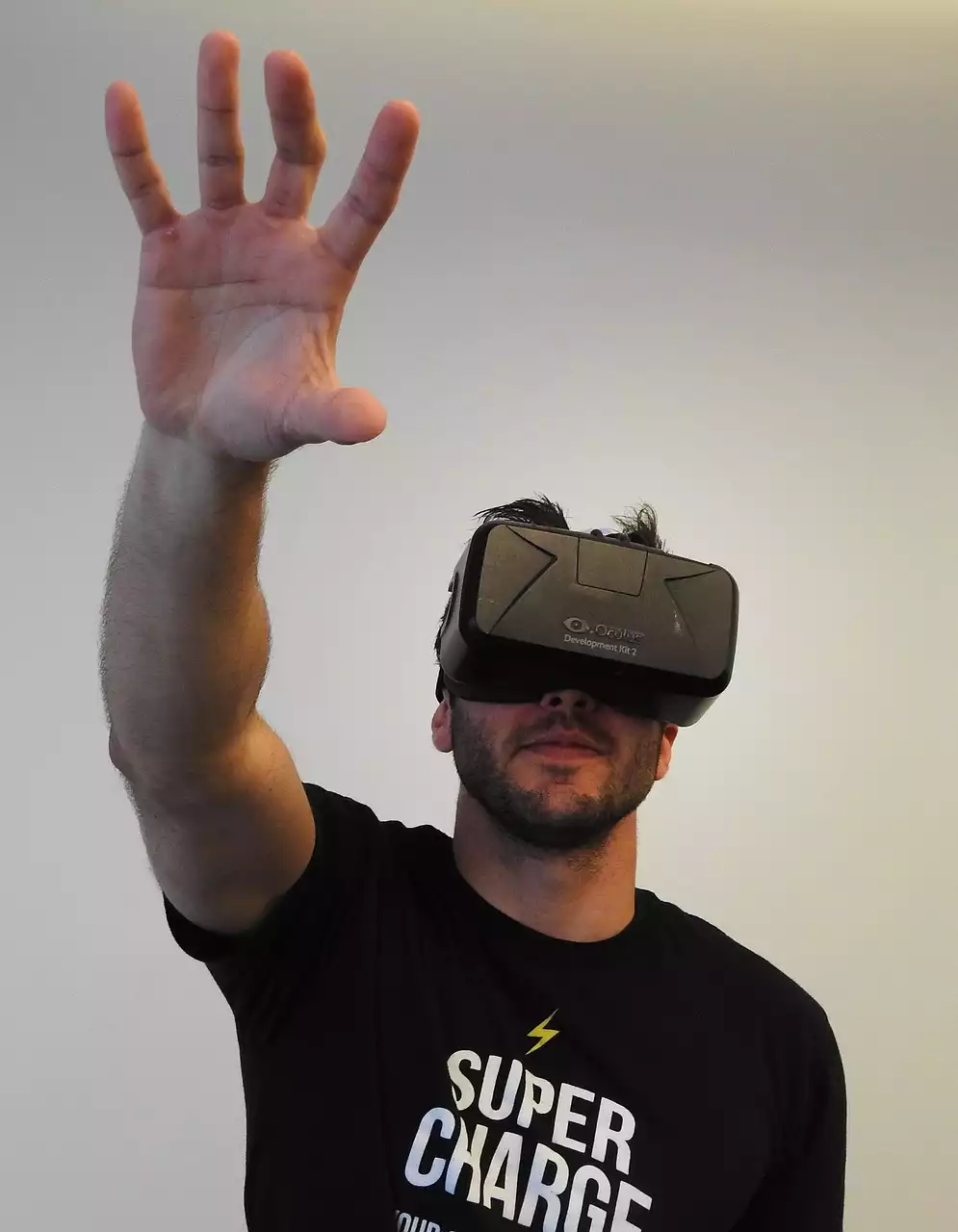How virtual basketball works
Virtual basketball is a digital recreation of the sport that allows players to immerse themselves in the game through various technological advancements. The process starts with capturing real-life basketball movements, which are then translated into virtual actions. This is achieved using motion tracking technology, which allows players to control the virtual players on the court with their own movements.
One of the key components of virtual basketball is the use of gaming consoles or platforms, which serve as the medium for players to interact with the virtual world. These consoles are equipped with powerful processors and graphics cards that can render realistic graphics and simulate the physics of the game. Additionally, they provide the necessary input and output devices such as controllers, headsets, and display screens to create a seamless and immersive experience.
The technology behind virtual basketball
Virtual basketball relies on a combination of technologies to create a realistic and engaging experience for players. One of the most prominent technologies is virtual reality (VR), which transports players into a fully immersive digital environment. By wearing a VR headset, players can step onto a virtual basketball court and interact with the game as if they were physically present. This technology creates a sense of presence and allows players to experience the game from a first-person perspective, enhancing the immersion and intensity of the gameplay.
Another technology that is commonly used in virtual basketball is augmented reality (AR). Unlike VR, which replaces the real world with a virtual one, AR overlays digital elements onto the real world. In the context of virtual basketball, AR can be used to project virtual players onto a real basketball court or display game-related information, such as player stats or scoring updates, in real-time. This technology enhances the spectator experience and adds an extra layer of engagement to the game.
Virtual reality (VR) in virtual basketball
Virtual reality (VR) has revolutionized the way we experience virtual basketball. By wearing a VR headset, players can step into a virtual basketball court and become fully immersed in the game. The VR headset provides a 360-degree view of the virtual environment, allowing players to look around and interact with the game from any angle. This creates a sense of presence and realism that is unmatched by traditional gaming experiences.
In addition to the visual immersion, VR also offers spatial audio, which further enhances the sense of presence. With spatial audio, players can hear the sound of the crowd cheering, the squeaking of sneakers on the court, and the swish of the ball as it goes through the net. This audio feedback adds an extra layer of realism and helps players feel like they are truly part of the game.
To further enhance the VR experience, some virtual basketball games also incorporate haptic feedback devices. These devices provide tactile sensations such as vibrations or pressure, allowing players to feel the impact of their actions in the game. For example, when a player makes a dunk in virtual basketball, the haptic feedback device can simulate the sensation of the ball going through the hoop, creating a more immersive and satisfying experience.
Augmented reality (AR) in virtual basketball
Augmented reality (AR) has also found its way into the world of virtual basketball, adding a new dimension to the gameplay and spectator experience. With AR, virtual players can be projected onto a real basketball court, allowing players to interact with them as if they were physical entities. This creates a unique blend of the virtual and real world, blurring the lines between the digital and physical realms.
In addition to virtual players, AR can also be used to display game-related information in real-time. For example, player stats, scoring updates, or even replays can be overlaid onto the live footage of a basketball game, providing spectators with a more engaging and informative experience. This technology has the potential to revolutionize the way we watch and interact with sports, making it more interactive and personalized.
Motion tracking and sensors in virtual basketball
Motion tracking is a crucial aspect of virtual basketball, as it allows players to control the virtual players on the court with their own movements. This technology works by capturing the movements of the player using sensors or cameras and translating them into corresponding actions in the virtual world. By tracking the position and orientation of the player's body, motion tracking enables a more intuitive and immersive gameplay experience.
There are several types of motion tracking technologies used in virtual basketball, including optical tracking, inertial tracking, and magnetic tracking. Optical tracking uses cameras or sensors to track the position of markers placed on the player's body or controllers. Inertial tracking relies on sensors to measure the acceleration and rotation of the player's body. Magnetic tracking uses magnetic fields to track the position and orientation of the player's body.
These motion tracking technologies work together to provide a seamless and responsive gameplay experience. By accurately capturing the player's movements, virtual basketball games can mimic the real-life actions of the player, such as dribbling, shooting, and passing, with a high degree of precision and realism.
Gaming consoles and platforms for virtual basketball
Gaming consoles and platforms play a vital role in virtual basketball, serving as the medium for players to interact with the virtual world. These consoles are equipped with powerful processors and graphics cards that can render realistic graphics and simulate the physics of the game. Additionally, they provide the necessary input and output devices such as controllers, headsets, and display screens to create a seamless and immersive experience.
Some of the leading gaming consoles and platforms for virtual basketball include PlayStation VR, Oculus Rift, HTC Vive, and Windows Mixed Reality. These platforms offer a wide range of virtual basketball games and experiences, catering to both casual players and hardcore enthusiasts. With their advanced hardware capabilities and extensive game libraries, these platforms have become the go-to choice for virtual basketball enthusiasts around the world.
Advantages and limitations of virtual basketball technology
Virtual basketball technology offers a multitude of advantages that have revolutionized the way we experience the sport. One of the key advantages is the level of immersion and realism it provides. With technologies like VR and motion tracking, players can step into a virtual basketball court and interact with the game as if they were physically present. This creates a sense of presence and intensity that is unmatched by traditional gaming experiences.
Another advantage of virtual basketball technology is the ability to personalize the gameplay experience. With features like AR overlays and haptic feedback, players can customize the game to suit their preferences and play style. This level of personalization adds a new dimension to the gameplay and allows players to tailor the experience to their liking.
However, virtual basketball technology also has its limitations. One of the main limitations is the cost associated with the necessary hardware and equipment. VR headsets, motion tracking systems, and gaming consoles can be expensive, making virtual basketball inaccessible to some players. Additionally, the technology is still evolving, and there are still some technical challenges to overcome, such as motion sickness in VR or accuracy issues in motion tracking.
Despite these limitations, virtual basketball technology continues to evolve and improve, offering an increasingly immersive and realistic experience for players.
Virtual basketball in the future
The future of virtual basketball looks promising, with ongoing advancements in technology and the growing popularity of esports. As technology continues to improve, we can expect even more realistic graphics, enhanced motion tracking capabilities, and advanced AI algorithms that can simulate the behaviors of real players.
One area of development is the integration of virtual basketball with other emerging technologies, such as 5G and cloud gaming. With 5G networks, players can experience low-latency gameplay and seamless multiplayer experiences, allowing them to compete with players from around the world in real-time. Cloud gaming, on the other hand, eliminates the need for powerful hardware, as the games are streamed from remote servers, opening up virtual basketball to a wider audience.
Furthermore, virtual basketball has the potential to become a major player in the world of esports. With its immersive gameplay and competitive nature, virtual basketball can attract a large audience and become a popular competitive sport in its own right. Already, there are virtual basketball tournaments and leagues that offer substantial prize pools and attract professional players.
As technology continues to advance and the virtual basketball community expands, we can expect to see even more exciting developments in the future.









